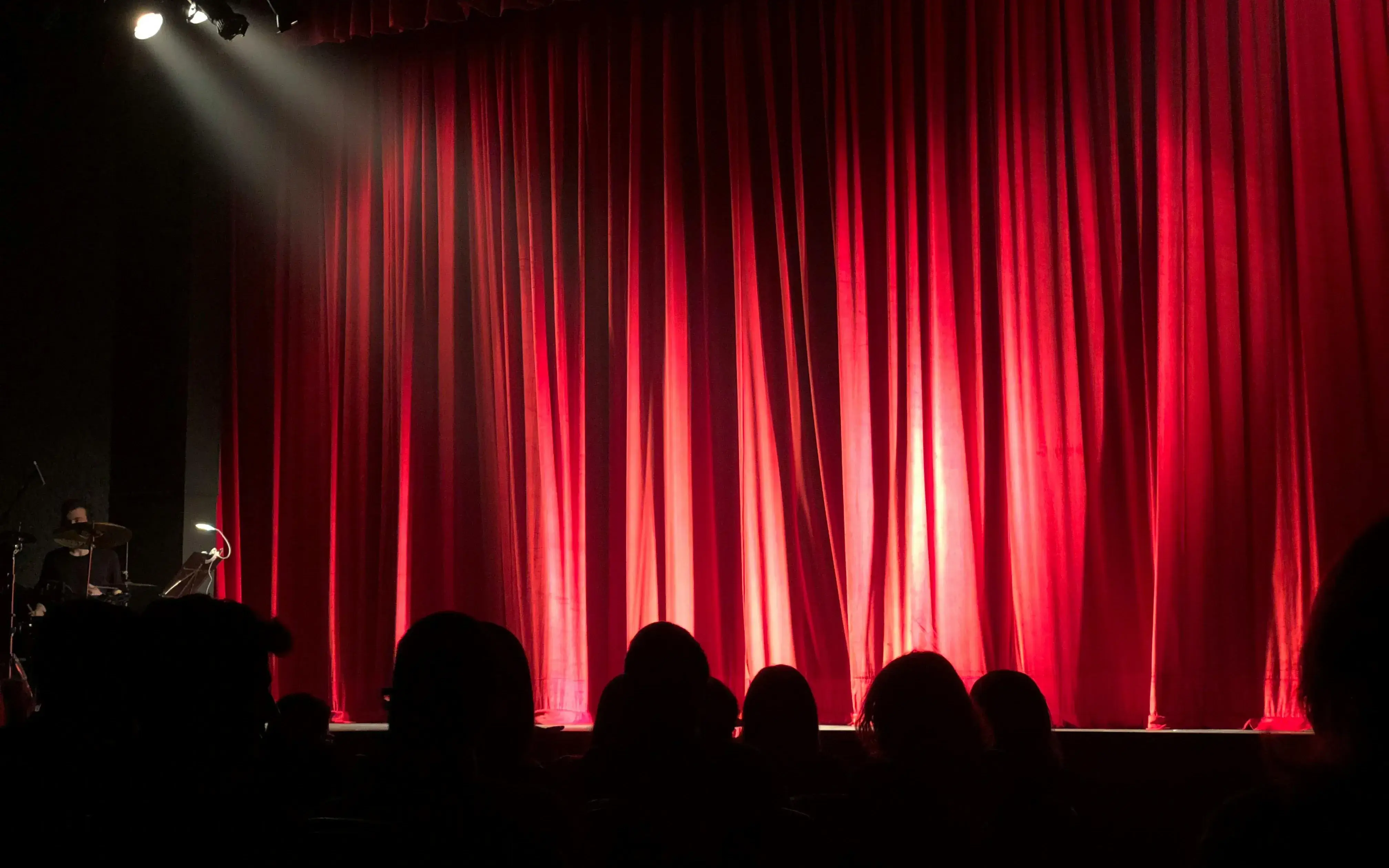It is important to consider aspects such as space and weather, and always work in anticipation and clearly communicate activities.
For people with autism spectrum disorder (ASD), it can be especially difficult to engage in activities that include participation in groups and socializing . Tanmateix, for this collective, and especially for that which corresponds to childhood and adolescence, socialization is just as important as for the rest. L' education in the light is an ideal space for these people to develop this aspect of life, and it is for this reason that the entities that work in this area have to share both protocols and systems so that the six activities follow inclusive of this col·lectiu.
With the objective of offering these to educational entities in the lleure to work in childhood and adolescence with autism , the Catalan Autism Federation , the Andalusian Autism Federation , the Galicia Autism Federation , the Castilla y León Autism Federation , The Autism Confederation of Spain has developed the ' Inclusive Leisure Guide for Autistic People ', which has now been reviewed by the Autism Consulting Group of the ' Rumbo ' project.
Here resources gather the clauses of this guide.
Three fundamental principles of inclusion
The guide specifies that for the majority of autistic people it is not that they do not like social situations, but that the environment is not sensitive to facilitating them . This is where inclusion comes in, which, as it turns out, is based on three principles interconnected between them .
First, normalization, which is the visibility of the diversity of realities that exist in the population. It is about reconèixer the differences without creating barriers . In the case of autism, normalization would consist of considering the sensory, communicative and social needs of people with ASD.
The second focus of inclusion is individualized orientation and consideration of differences in personal lifestyle, and it is important to keep in mind that all people have preferences, interests and specific needs for what happens at their times. de lleure. Therefore, it will be necessary to design the experiences in a way that guarantees flexibility and offers different options for proceeding.
Finally, the last principle of inclusion is democratic socialization , so that all people can participate actively and equitably in all activities. In the context of ASD, this involves creating opportunities for interaction based on communication and mutual understanding.
In order to develop these three forms of inclusion for people with ASD, as the entities of education in the language continue in four aspects : the countries in which the language is, the activities, the communication and the coneixement of the staff. The principles of these aspects are detailed below.
Inclusive countries
We rarely even think about organizing activities for educational entities in the area, the first thing is to guarantee that the space is adequate . To organize activities that continue including for people with ASD, it will be necessary to adapt the spaces to a universal perspective , guaranteeing that the espai escollit will be cognitively and sensorially accessible and understandable for everyone.
In this sense, it takes time to work the space so that it reflects the times of the activities. The furniture and the environment will allow you to predict every sequence of actions , all using visual resources but without overloading the stimuli . I took time to contemplate both the physical space and the environment that surrounds it.
As far as physical space is concerned, the guide recommends avoiding the labyrinth effect , which means facilitating the orientation of all people through resources with a good signaling system, both accessible platforms, flexibility, colors, pictography , routing... It is also important to adapt the furniture so that you cannot assume a risk in cases of repetitive movements: frames without wheels, cantoned wheels, eliminate punxes...
The environmental characteristics also need to be analyzed in detail to guarantee some countries including people with ASD. It is intended to alleuge the stimuli that can condition the participation of this collective, which causes hypersensitivity or hyposensitivity . It is important to monitor aspects such as light (more natural and warm), air (reducing air freshening and allowing air-inhibitors), odors (ventilant sovint, reduce air fresheners...), touch. or the taste
An action that is advisable is to enable quiet spaces for rest , with low sensory stimulation, so that children, children and adolescents with ASD can retire to relax in case the situation passes. It may be interesting that these countries share both sensory materials or tactile resources , along with relaxing music.
Inclusive activities
A copy has the guarantee that the space for the light is friendly to everyone, it will be necessary to consider how to design the activities for what follows including.
Although it may be difficult, keep in mind that the neurotypical conception of light contemplates it as a disruption of routine that is a motivating element, a concept that combines the fet that autistic people tend to experience in the face of unforeseen situations. It is for this reason that cal introduce light experiences that are adapted to all realities , that focus on the tireless repetition of activities, introducing the novel in a controlled and premeditated manner. Això pot dur, inclús, to a flexibility of the thinking of these people.
In this sense, three aspects are important: first, structuring the activity and its various times . It will be necessary to clearly delimit what is far from the activity and how long each thing will last, and also what it is will be able to fer in the waiting times, with both alternative activities.
The second action will be to discuss the idea of bringing people together with TEA, as it is a time that is separated from the formative hours, but it does not have to be an eminently disruptive situation. For now, it will be necessary to communicate the activities with anticipation and foresight , exposing the different determined tempos, since disconnection can generate anxiety in autistic people. With more information, you will find the antelació, plus gaudiran de l'activitat.
The third movement to guarantee inclusive activities is to attend to the interests of all people and allow them to participate in the selection of activities. To ensure that people can participate in ASD, it is important to have effective communication , as detailed in the next section.
Effective communication
In the day-to-day life of educational entities in the world, the interaction between the participants is essential for the organization of activities, and everyone must be able to participate in this exchange, regardless of their profile.
Now we begin to understand the forms of communication of each person participating, especially those with ASD. Here patience and active observation will be necessary, it is advisable that all people who work in the groups of children and adolescents participate. It is important to adapt the language to these needs.
Apart from this, it is interesting to use resources to donate support to communication with TEA people: visual resources with images, symbols or text; verbal signals with facial expressions or gestures... It is also possible to serve clear and direct communication , without metaphors, double meanings or ambiguities, and without giving many following instructions.
Now, it will also be possible to guarantee comfortable exchange , that is to say, to offer a safe space so that the person with TEA processes the information without pressure and can respond if vol.
Staff connection
To be able to last all of these actions and ensure that educational activities in children are inclusive of people with autism, it will be necessary for the entity to invest time and resources to train and sensitize its team in this regard.
These people should have a base of knowledge about ASD, know how to detect and prevent stressful situations for this group, share both strategies to face these situations, be flexible...
Some entities that offer training on work to autistic people for education and child education personnel are:




Add new comment